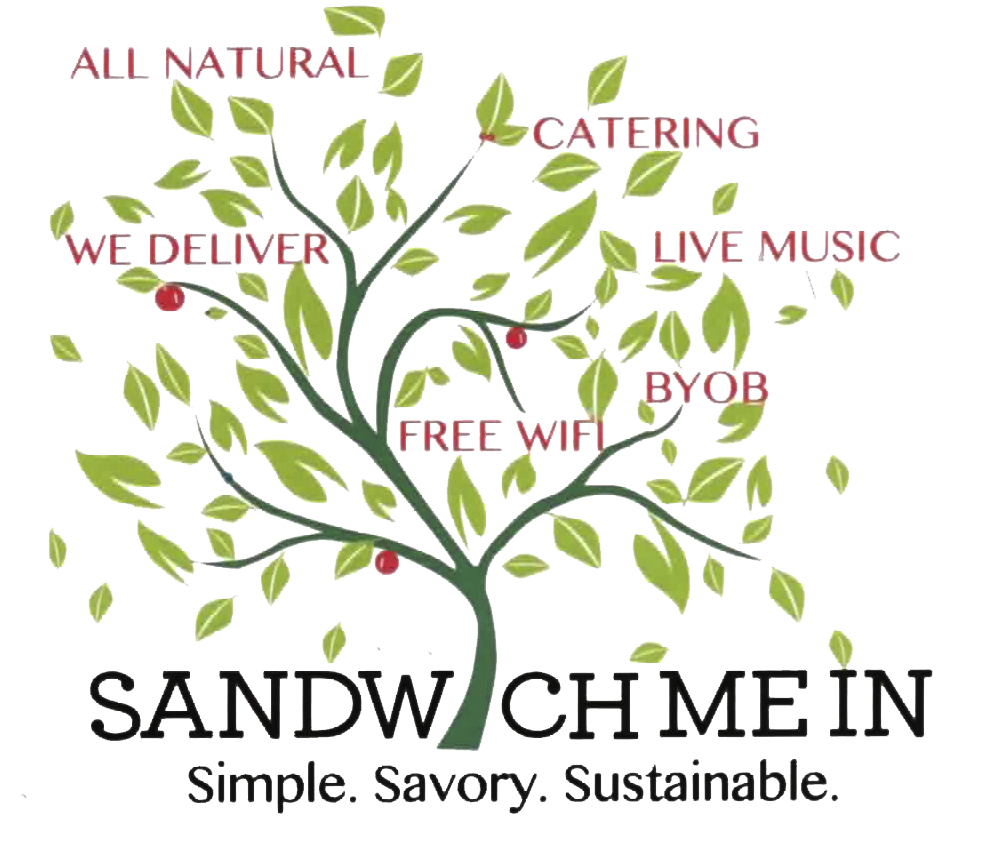Justin Vrany knows about the power of publicity, and the strength of the “green” movement. He opened his Chicago restaurant, Sandwich Me In, two years ago with a commitment to zero waste and to sourcing local, organic food. Despite a loyal customer base and favorable reaction to his delicious offerings, business was so slow that he found himself unable to pay employees and running the restaurant single-handedly for nearly six months last year. Then NationSwell produced a short documentary about the restaurant recently (click "continue reading" below to see video). The documentary shows how Sandwich Me In is truly a zero waste restaurant. It has been widely viewed—over 130,000 views within the first several weeks—and has also sparked a series of articles in prestigious on-line and print publications (CBS News, the Huffington Post, Chicago Tonight and others).
And with the publicity have come customers! Now the restaurant is thriving and Justin is finding the time to start other initiatives, such as a local composting program where customers can bring their own compostables to the restaurant, and live music at the restaurant most evenings. He’s also been approached by other restaurants wanting to know how he does it, and is considering starting a consulting business to teach other restaurants how to incorporate zero waste principles.
Many of us use the term “zero waste” to mean reducing our landfill waste, but at Vrany’s restaurant zero really means zero. While most restaurants discard dozens of gallons of waste per day, or even per hour, in its two years of existence, Sandwich Me In has recycled or composted all but eight gallons of its waste—which is itself largely plastic-lined coffee cups and the like brought into the restaurant by its customers (photo at right). And even these eight gallons have been taken by a local artist to turn into a sculpture! Vrany tried to cancel garbage pickup, but the city wouldn’t let him, insisting that the restaurant pay at least the minimum $40 a month for trash pickup it doesn’t use.
Sandwich Me In is a proud member of the Green Chicago Restaurant Coalition, and its commitment to sustainability doesn’t end with eliminating waste. Vrany refuses to buy overly processed or transported foods for the restaurant. Instead, nearly all of the food served by the restaurant is made in-house from scratch, using organic meats, dairy and produce from local farmers. (This year, Alex Poltorak’s The Urban Canopy will grow fresh produce for the restaurant in a dedicated Englewood plot so that food picked that day will be on the menu.) The restaurant also uses 100% renewable energy and is committed to water-conserving techniques. The restaurant’s furnishings and equipment are nearly all reused or refurbished—Vrany even ingeniously used the pallets from an appliance delivery to build out the restaurant’s behind-the-counter area!
Vrany began working in the restaurant industry at a young age, for powerhouses such as The Ritz and Nick’s Fish Market. He later attended the business and culinary arts program at Kendall College, where he learned about sustainability. Vrany credits a French teacher’s Food Politics course for changing his life, opening his eyes to what the U.S. is doing to its food and the planet. Vrany says that one of the many inspirational quotes painted on the restaurant’s walls sums up the way in which he lives his life: “Every time you spend money, you’re casting a vote for the kind of world you want” (Anna Lappé, Small Planet Institute).
Justin Vrany, Sandwich Me In, 3037 N Clark St, Chicago, IL 60657, (773) 348-3037


